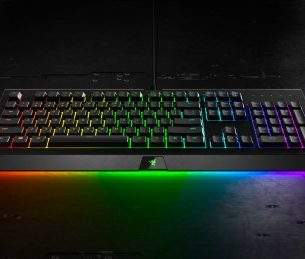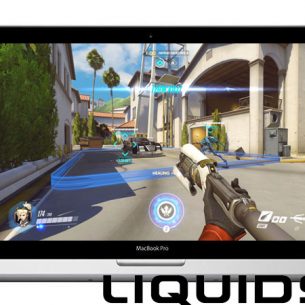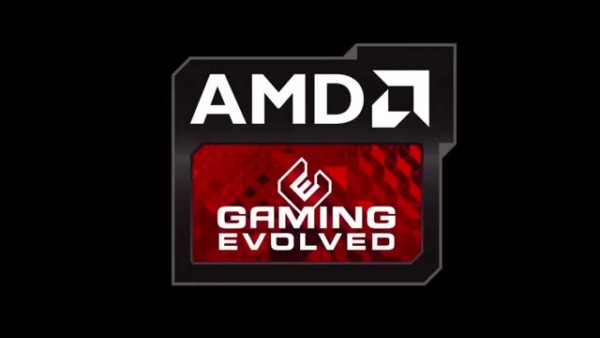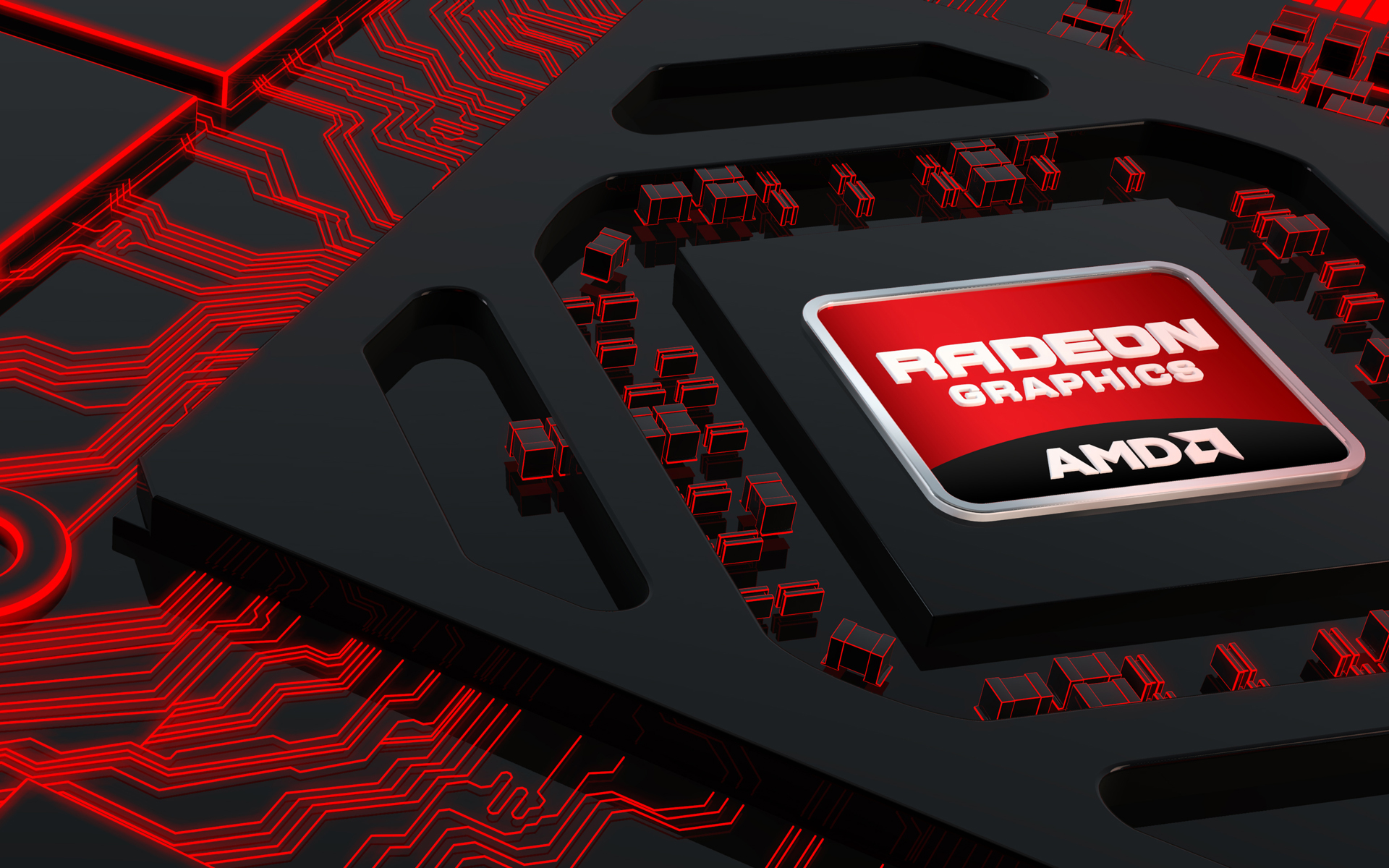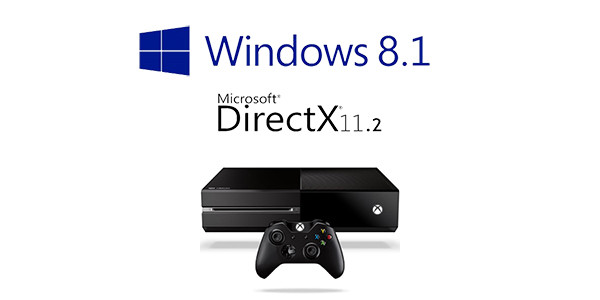Archive Post
Home / Tech
Surprise! Razer Cortex and Other Software Have Been Spying On You For A Long Time
With the European Union's General Data Protection Regulations (GDPR) coming into effect today a number…
A Eulogy To The Future That Kinect Promised But Never Delivered
Kinect version 1.0 arrived hot off the heels of the motion control craze sparked by the Nintendo…
LiquidSky’s New Free Tier Offers Cutting Edge Gaming Performance To All
Playing the latest AAA games like DOOM, Battlefield 1 and Tom Clancy's The Division at…
AMD Announces New Processors & Motherboards To Exist Alongside Current Offerings
Advanced Micro Devices (AMD) has announced new entries in its existing line of “A Series”…
Does AMD’s Crimson Driver Suite Really Increase Performance By 20%?
As we reported earlier this week AMD has released an elaborate overhaul of both it’s…
Twitter To Layoff 4000 Staff
Reports have surfaced that Twitter is planning to layoff over 4,000 staff members and cancel…
Microsoft Details DirectX 11.2
Microsoft released a blog post today urging Developers across the board to make use of…

